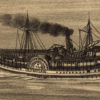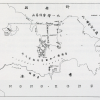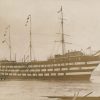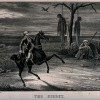Today’s guest post is from Sean Fraga, who recently received his Ph.D. in History from Princeton University, where he is currently a postgraduate research associate with the Center for Digital Humanities and the Department of History. Here, he discusses the genre (and rhetoric) of bird’s-eye view maps. Reconstructing how the different pieces of an urban […]







